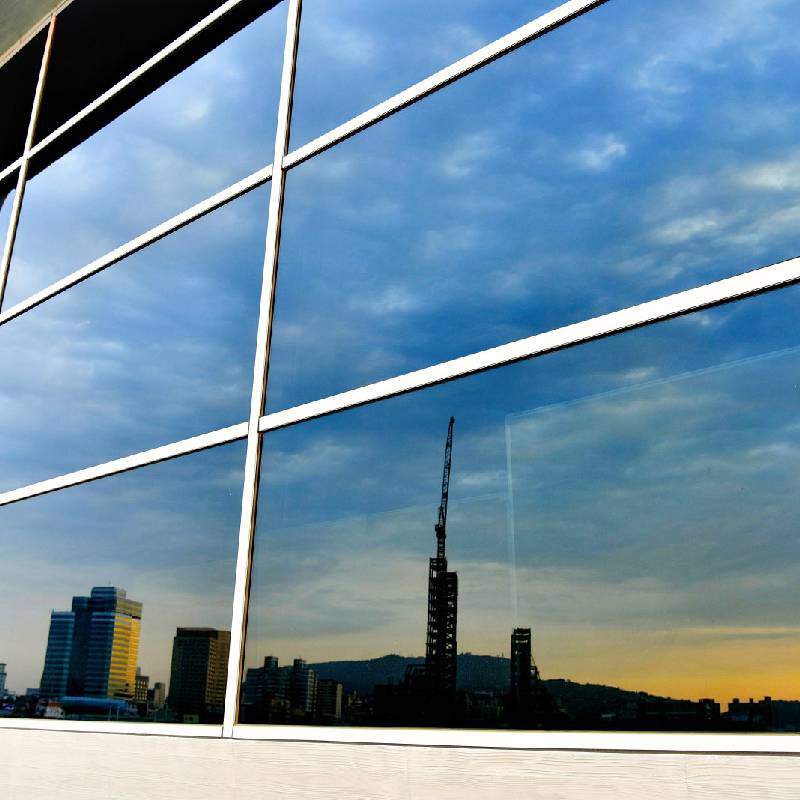

The Beauty and Versatility of IGU Glass Panels
Insulated Glass Units (IGUs) have revolutionized the way we think about windows and architectural design. These sophisticated glass panels consist of two or more panes of glass sealed together with a spacer in between, which creates an insulating airspace. This structure not only enhances energy efficiency but also contributes to the aesthetic appeal of buildings. In this article, we will explore the benefits, applications, and technological advancements of IGU glass panels.
Energy Efficiency
One of the most compelling advantages of IGU glass panels is their ability to enhance energy efficiency in buildings. The insulating airspace between the glass panes significantly reduces heat transfer, which means that heated or cooled air remains inside the building for longer periods. As a result, businesses and homeowners can enjoy a more comfortable indoor climate while reducing dependency on heating and cooling systems. This efficiency translates into lower energy bills and a smaller carbon footprint, making IGUs an environmentally friendly option.
Noise Reduction
In addition to their thermal insulation properties, IGU glass panels are effective at reducing exterior noise. The multiple layers of glass combined with the airspace act as a buffer, minimizing sound transmission. This feature is particularly beneficial in urban areas where noise pollution can disrupt the serenity of a home or office environment. By incorporating IGU panels, individuals can create quieter, more peaceful spaces, enhancing overall quality of life.
Aesthetic Appeal

IGU glass panels come in a variety of styles and finishes, lending themselves to a range of architectural designs. From sleek modern buildings to traditional structures, IGUs can complement any aesthetic. Available in different tints, coatings, and textures, these glass panels offer architects and designers the flexibility to create stunning visual effects. Furthermore, the ability to customize shapes and sizes allows for creative design solutions that can highlight or downplay various features of a building.
Applications in Architecture
The applications of IGU glass panels extend beyond just residential and commercial buildings. They are also widely used in a variety of settings including schools, hospitals, and museums. In healthcare facilities, for example, IGUs can create bright, airy spaces that promote healing while also ensuring energy efficiency. In museums, these glass panels can be used to protect valuable artifacts by minimizing UV light exposure. The adaptability of IGU glass panels makes them an essential component in many architectural designs.
Technological Advancements
Recent technological advancements have further enhanced the performance of IGU glass panels. Innovations like Low-E (low emissivity) coatings significantly improve thermal insulation by reflecting heat while allowing natural light to enter. Additionally, advancements in manufacturing techniques have resulted in stronger and more durable glass. These improvements not only extend the lifespan of IGUs but also ensure that they maintain their appearance and effectiveness over time.
Conclusion
In summary, IGU glass panels stand at the intersection of functionality and aesthetics, providing significant benefits in energy efficiency, noise reduction, and design versatility. As architects and builders continue to embrace innovative materials in their projects, the role of IGUs will only grow in importance. With the increasing emphasis on sustainability and energy conservation, IGU glass panels are poised to become a staple in modern architecture, offering a beautiful and practical solution for the buildings of tomorrow. Whether you are a homeowner looking to upgrade your windows or an architect seeking to push the boundaries of design, IGU glass panels represent an ideal choice that meets both form and function.